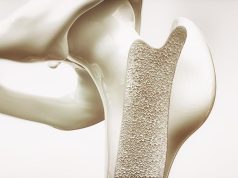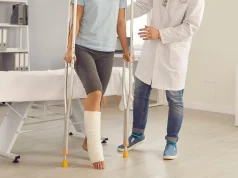Small but significant risk seen for upper-limb and lower-limb fractures
WEDNESDAY, March 25, 2020 (HealthDay News) — Proton pump inhibitor (PPI) use in children is associated with a small but significant increased risk for any fracture, according to a study published online March 16 in JAMA Pediatrics.
Yun-Han Wang, from the Karolinska Institutet in Stockholm, and colleagues used data from a nationwide register to evaluate the association between PPI use and risk for fracture in children. The analysis included 115,933 children initiating PPI use (July 2006 to December 2016) and 115,933 age- and propensity score-matched children not using PPIs.
The researchers found that during a mean of 2.2 years of follow-up, 5,354 cases of any fracture occurred among children who initiated PPIs versus 4,568 among those who did not (20.2 versus 18.3 events per 1,000 person-years; hazard ratio [HR], 1.11; 95 percent confidence interval [CI], 1.06 to 1.15). Elevated risk for fracture with PPIs was seen for upper-limb (HR, 1.08; 95 percent CI, 1.03 to 1.13), lower-limb (HR, 1.19; 95 percent CI, 1.10 to 1.29), and other fractures (HR, 1.51; 95 percent CI, 1.16 to 1.97). However, there was no association between PPI use and head fracture (HR, 0.93; 95 percent CI, 0.76 to 1.13) or spine fracture (HR, 1.31; 95 percent CI, 0.95 to 1.81). Risk for fracture increased with cumulative duration of PPI (HRs, 1.08 for 30 days or less [95 percent CI, 1.03 to 1.13]; 1.14 for 31 to 364 days [95 percent CI, 1.09 to 1.20]; and 1.34 for 365 days or more [95 percent CI, 1.13 to 1.58]).
“These data suggest that PPI use is associated with a small increased risk of fracture in children; the findings inform safety considerations when these drugs are prescribed to pediatric patients,” the authors write.
One author disclosed financial ties to Celgene and IQVIA.
Copyright © 2020 HealthDay. All rights reserved.








